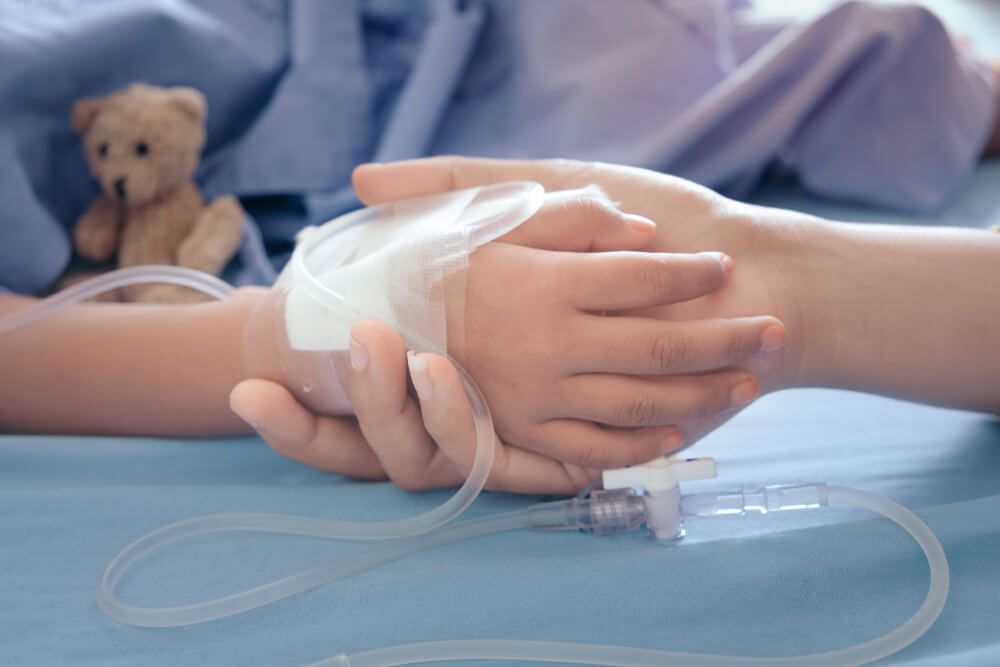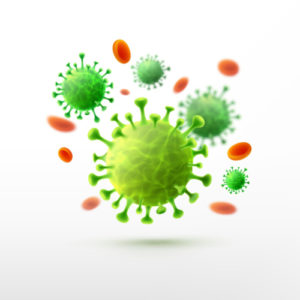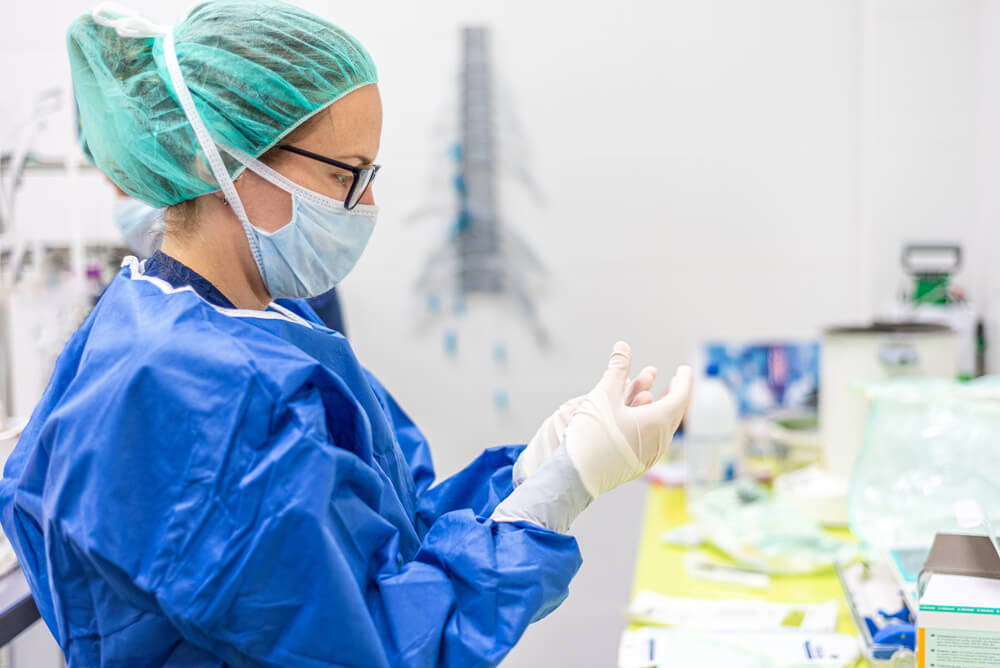
17 Feb Common Healthcare-Associated Infections (HAI) and How They Spread
Hospital-acquired infections (HAI) occur after a patient is admitted into any inpatient setting (e.g., hospital, long term care) or other healthcare setting, including clinics, community health centers and ambulatory surgery centers. Generally, HAIs do not present until the patient has been in the healthcare facility l for at least 48 hours and after discharge from outpatient settings.
Because healthcare associated infections are dangerous and common, government agencies like the Center for Disease Control and Prevention (CDC) through the National Healthcare Safety Network (NHSN) track the number and types of infection occurring annually. Fortunately, these agencies also analyze why healthcare associated infections occur, identify the most common HAIs, and develop guidance, like the COVID-19 protocols.
Common Healthcare Associated Infections
Five infections are seen more often than others. The most common HAIs in healthcare settings include respiratory tract, surgical site, sepsis, intestinal tract, and urinary tract infections.
Respiratory Tract Infections

Some patients develop pneumonia after being hospitalized for less than five days. Early-onset HAI tends to come from streptococcus pneumonia or MRSA infections.
Surgical Site Infections
Surgical site infections comprise about 22% of all healthcare associated infections. Surgical site infections are infections that occur in the operative area or the surrounding tissue after surgery. Surgical site infections may develop as soon as between seven and ten days after the procedure, although it is possible for an infection to occur much longer after a procedure involving an implant. Despite advances made in infection prevention, surgical site infections can cause life-threatening complications. The pathogen infecting the wound depends on the type of surgery. Some common pathogens causing wound infections include Staphylococcus, Escherichia coli (E. coli), and streptococcus.
Sepsis
Patients in intensive care can develop sepsis, which occurs when the body’s immune system attempts to overcome an infection. Sepsis can cause organs to shut down and go into septic shock, and some people with sepsis die from organ failure.
Adults can develop sepsis as a complication of another infection like pneumonia, a urinary tract infection, or bowel perforation. Government agencies report that cases of sepsis have risen in the past few years. The most common causes of sepsis include intestinal and respiratory tract infections. Chronic conditions can also be the catalyst for sepsis.
Clostridioides (Clostridium) Difficile Infections
Another common hospital-acquired infection is clostridium difficile infection (C. diff or CDI). This type of infection occurs in the intestinal tract and causes diarrhea and colitis. Hospital staff and visitors should be aware that the microorganisms that cause CDI are difficult to kill since this is a spore forming organism that can remain on surfaces for up to a year. Consequently, proper environmental disinfection processes become increasingly important.
- difficile, the organism responsible for CDI, comes from a variety of toxins and bacterial strains. People who are infected with this microorganism can develop diarrhea and inflammation in their intestinal tract. The tissues can also necrotize from not getting enough blood due to inflammation.
Urinary Tract Infection
Urinary tract infections (UTIs) are another common HAI that come from microorganisms in the urinary tract. They can cause painful problems like kidney infections, bladder infections, and prostate infections. Once the UTI begins, the infection can spread through the bloodstream. UTIs can be difficult to treat because the infections can become resistant to antimicrobials.
This hospital-acquired infection is common in healthy women and children. Elderly patients are also susceptible to UTIs.
How Hospital Acquired Infections Spread
Most hospital-acquired infections are transmitted through the people who work and visit healthcare settings.
Patients
As patients enter hospitals, they may bring infections and diseases. Patients in waiting rooms, intensive care units, and hospital rooms spread infection through their bodily fluids. They sneeze and cough, spreading droplets around the room, and unprotected or under-protected visitors and staff pick up the microorganisms and spread them to others.
Hospital policies attempt to control hospital-acquired infections by isolating patients in contained areas. Although standard precautions apply to all patients, transmission based precautions are applied if spread of an organism can’t be stopped with standard precautions alone.
Hospital Staff
Patients spread diseases, which hospital staff can pick up and spread to other patients. Most hospital employees visit several patients, so it’s easy to spread microorganisms around the hospital.
The best way to prevent employees from spreading disease is to wear personal protective equipment, wash hands, and follow all infection control procedures.
Visitors
Hospital visitors can spread diseases, especially when they aren’t feeling well themselves. Family and friends who aren’t feeling well should not visit people in the hospital. Infections spread quickly, especially when people already have weakened immune systems or other risk factors.
Poor Sanitary Conditions
Hospitals and healthcare settings must establish and follow evidence-based infection control processes such as standard and transmission based precautions, cleaning and disinfection processes for the environment and patient medical equipment. Skipping steps can cause communicable diseases and hospital-acquired infections to spread. Microorganisms can thrive on dry surfaces, wet surfaces, and medical devices. Pathogens can also thrive in debris and dust.
Curb HAI Rates with Proper Infection Control Methods
Many illnesses can be acquired in a hospital, affecting almost every organ in the body. The most common hospital-acquired illnesses are respiratory tract, surgical site infections, sepsis, CDI, and UTIs. Hospitals can help prevent these illnesses by adhering to cleaning and disinfection protocols, discouraging ill visitors from visiting patients, and following infection control policies. Contact Infection Control Results today to learn how we can help you prevent HAIs in your medical facility.

